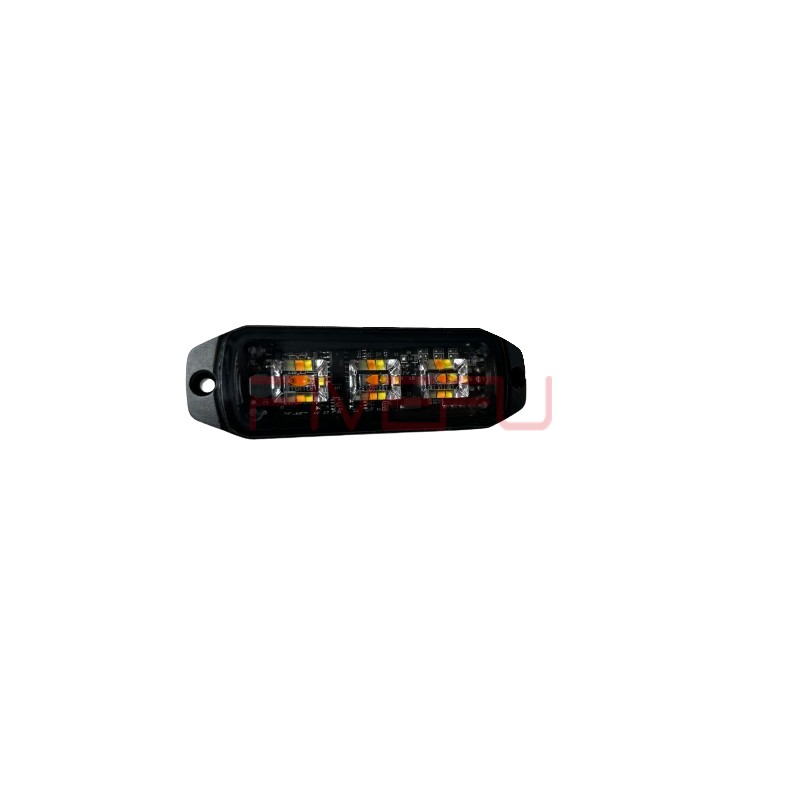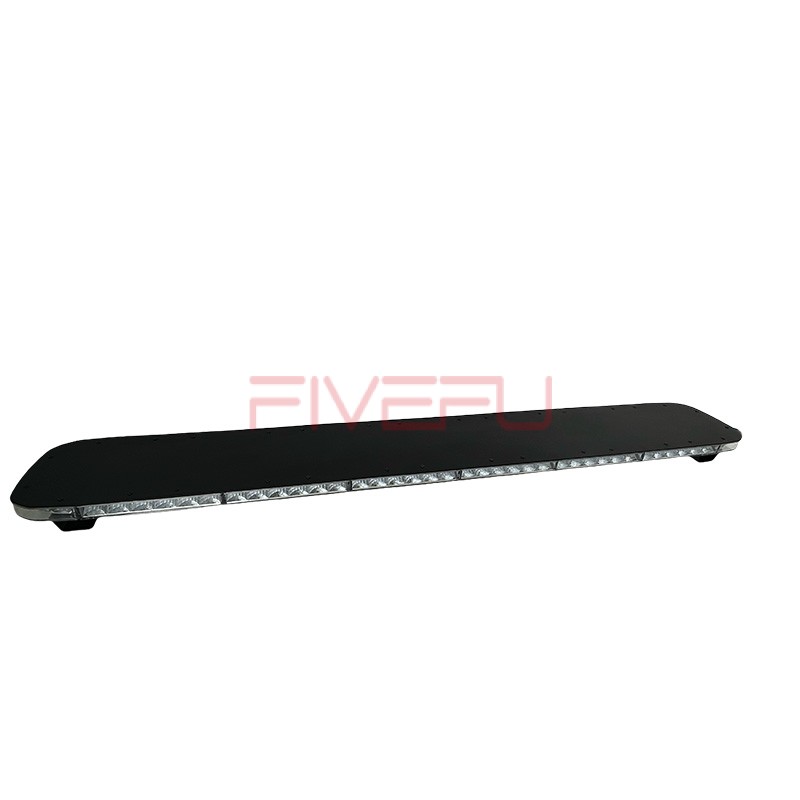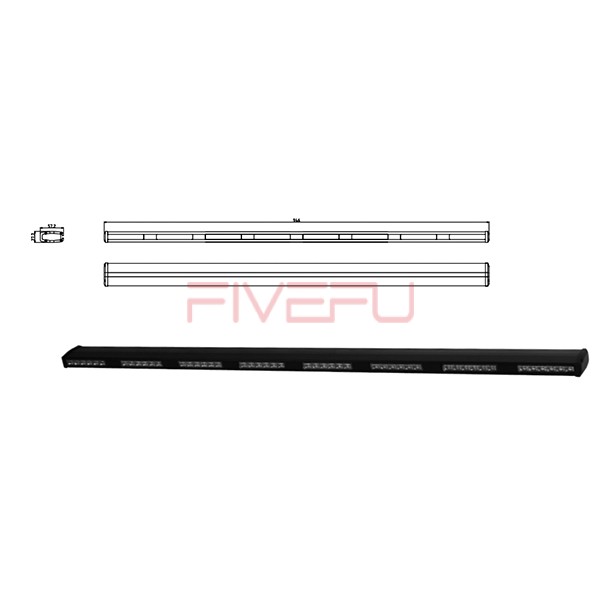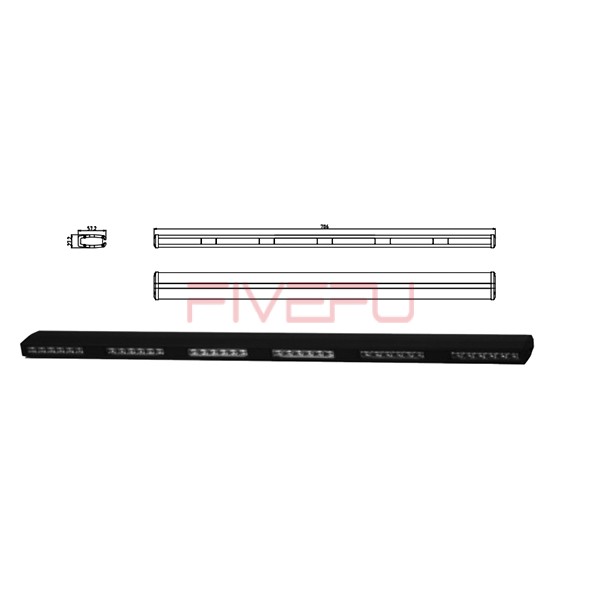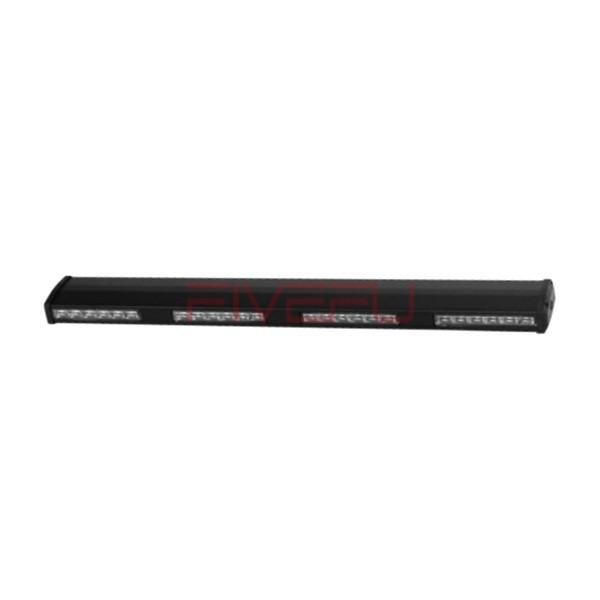Many drivers face the issue of fast-blinking turn signals after switching to LED bulbs. This causes confusion, reduces safety, and may even lead to traffic violations. The solution lies in understanding why LEDs change the circuit load and how to fix it.
Fast-blinking turn signals with LED lights occur because LEDs draw less electrical current than traditional bulbs, which triggers the vehicle’s flasher relay to think a bulb is burned out. This “hyper-flash” effect can be solved by using load resistors or an LED-compatible flasher relay.
Keep reading to discover why LEDs behave this way and how you can fix hyper-flashing signals permanently.
What causes turn signals to blink fast with LED lights?
The primary reason your turn signals blink faster after installing LED lights is reduced electrical load. Traditional halogen or incandescent bulbs draw more current, usually around 21 watts per bulb. Your car’s flasher relay is designed to detect this load. When the load drops significantly—as it does with LED bulbs, which consume only about 2–4 watts—the relay misinterprets the low draw as a burned-out bulb.
This triggers the “hyper-flash” effect, where the signal blinks much faster than normal. It’s an alert system designed for safety, warning you that a bulb may be faulty. While LEDs are not defective, their efficiency fools the circuit into reacting as though something is wrong.
Why is hyper-flashing a problem?
Fast-blinking turn signals are more than just annoying—they can be dangerous. Other drivers rely on the rhythm of your signal to predict your movements. If your indicators blink too quickly, they may not be easily recognized as turn signals, especially at night or in bad weather.
In addition, hyper-flashing can lead to failed vehicle inspections in regions with strict automotive standards. It can also raise the risk of accidents, as unclear signals reduce communication between drivers. In short, addressing this issue is not only about convenience but also about road safety and compliance.
How can you fix fast-blinking turn signals with LEDs?
There are two main solutions to resolve the hyper-flash problem:
-
Install load resistors – These are small devices that add resistance to the circuit, mimicking the power draw of traditional bulbs. By balancing the load, resistors trick the flasher relay into operating at normal speed. While effective, resistors can generate heat, so proper installation is essential.
-
Upgrade to an LED-compatible flasher relay – A better long-term solution is replacing your vehicle’s existing flasher relay with one designed for LEDs. These modern relays automatically adjust to the lower power draw, eliminating the need for resistors and reducing the risk of overheating.
Both options are widely available, but the best choice depends on your car model, budget, and long-term goals.
Are load resistors safe to use?
Yes, but with caution. Load resistors do solve the fast-blinking issue, but they work by converting extra current into heat. If mounted incorrectly, they can overheat and damage nearby wires or plastic components. To prevent this, resistors should always be mounted on metal surfaces away from sensitive parts.
If you choose this method, always purchase high-quality resistors with heat-resistant casings. Professional installation is recommended if you’re not comfortable working with vehicle wiring.
Why is an LED flasher relay the better option?
Upgrading to an LED-specific flasher relay is often the safer and cleaner fix. Unlike resistors, these relays are designed to handle the reduced current without producing excess heat. This means they not only solve the hyper-flash but also improve the reliability and longevity of your electrical system.
Additionally, LED relays are plug-and-play for many vehicles, making installation simpler and more efficient. They provide a permanent solution without adding unnecessary components to your car’s wiring.
Can all vehicles use LED-compatible relays?
Not all cars can accept LED-compatible relays directly. Some older vehicles may have non-standard or integrated electronic systems that require resistors instead. In such cases, consulting your vehicle’s manual or an automotive electrician is essential before making modifications.
For modern cars, however, upgrading to an LED relay is typically straightforward and provides the cleanest fix for hyper-flashing.
Why are LED lights worth the trouble?
Despite the challenges of hyper-flashing, LED turn signals are worth the upgrade. They offer numerous advantages:
-
Energy efficiency – They use far less power than halogen bulbs.
-
Longevity – LEDs can last up to 25 times longer, reducing replacement frequency.
-
Brighter light – They provide clearer, more visible signals for other drivers.
-
Modern look – LEDs give vehicles a sleek, updated appearance.
The benefits outweigh the drawbacks, and with the right fix, you can enjoy the full potential of LED lighting without safety risks.
Conclusion
Fast-blinking signals with LEDs are caused by low current draw. Use resistors or LED relays to fix the issue effectively.
